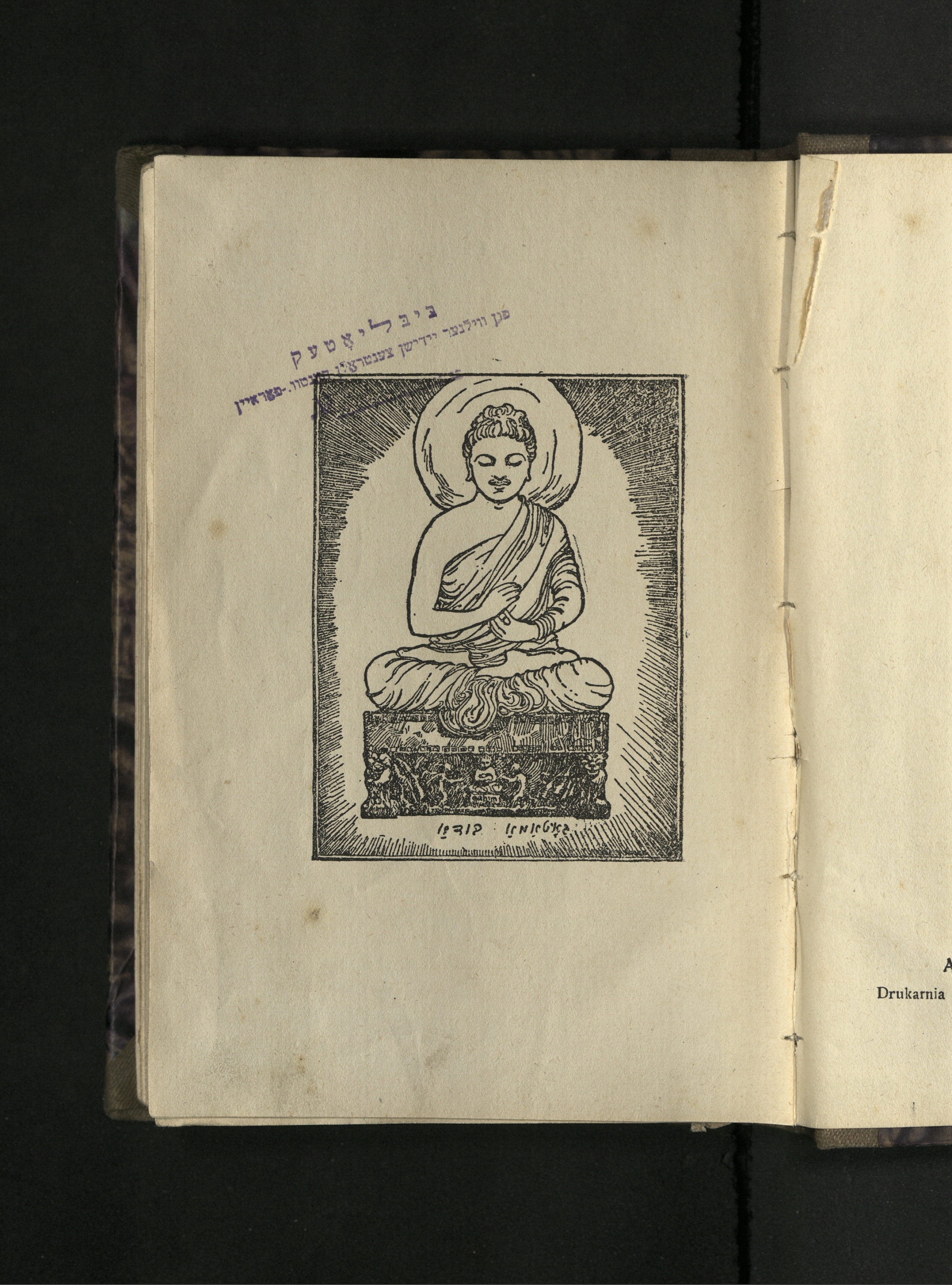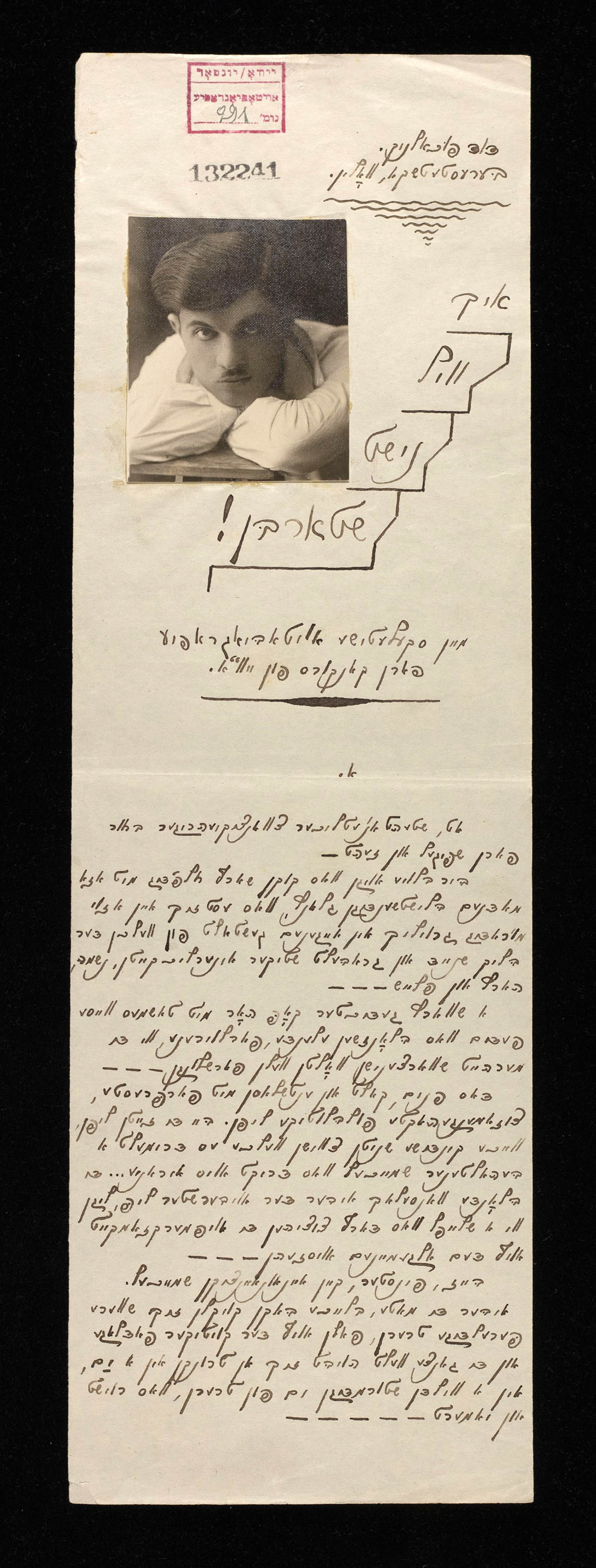What Does It Mean to Digitize Documents and Books?
Preserving and Accessing YIVO’s Special Collections in the 21st Century
by DR. DEVORA GELLER

If you are an art lover, researcher, and/or bookworm, you might have noticed that libraries, museums, and archives around the world have significantly expanded the amount of digitized material available for online access over the past twenty years. And if you have been a fan of YIVO for any length of time, you might also know that YIVO is in the middle of its largest and most ambitious digitization project to date, the Edward Blank YIVO Vilna Online Collections Project (EBYVOCP). By the time the project is complete, some 2 million archival documents and over 10,000 books of YIVO materials currently housed in New York and Lithuania will be available online in digital form to users worldwide.
Making special collections available digitally entails creating high-resolution images of physical materials and transferring these images to a Digital Asset Management System (DAMS) for ongoing file preservation and online access. In YIVO’s Digital Lab, which opened a year ago in April 2019, we use an overhead camera setup to take high-resolution photos which are saved as .TIF files, the most widely accepted file format in the library, archive, and museum community. Once the collection has been digitized, the images go through post-production, where we crop, stitch, and rotate images, as well as embed technical information about file creation, software/hardware specs, etc. When digitization and post-production are finished, we do a round of quality assurance, where we check the digital images against the physical collection to ensure everything has been captured and looks as it should. Finally, we ingest everything into our DAMS, which monitors the integrity of the files and makes these files viewable online.

Digitization has some obvious benefits to patrons. First and foremost, digitizing YIVO’s special collections expands access beyond those who are able to visit us in person on West 16th Street in New York. Anyone can visit the Vilna Project Portal, or the online catalog we share with the Center for Jewish History and its partners, and view our digitized material at any time, regardless of their socioeconomic background, geographic location, or ability, allowing for wider use of these materials. One direct result of digitizing our collections is that over fifty volunteers are currently working remotely to create translations and summaries for a collection that consists of hundreds of autobiographies written by Jewish youth in Poland during the 1930s (RG 4). The fact that the collection was recently digitized means that far more volunteers (and from areas as far away as California, Montreal, and Poland!) are able to work with these materials concurrently than what would be feasible with the physical materials in person. Furthermore, the translations and summaries of autobiographies written in a variety of languages, including Yiddish, Polish, and Hebrew, will allow non-speakers to understand and engage with this collection as well.
Digitizing larger and/or fragile items like brittle newspapers, posters, and artworks allows our patrons to access materials online that they would not otherwise be able to see during an in person visit. Through the EBYVOCP alone, YIVO will have digitized thousands of posters, wall newspapers, and other oversize material that would be difficult to display in house.
But digitization is also an important part of YIVO’s overall preservation strategy. The majority of YIVO’s special collections are paper ephemera—books, posters, newspapers, and other documents—that deteriorate over time. Even with our intrepid preservation department, some of these materials are simply too time-consuming and/or costly to conserve. Creating digital images minimizes the need for YIVO staff and patrons to handle the physical objects, and ultimately ensures access to the most fragile of our materials long after they deteriorate past the point of use.
Dr. Devora Geller is YIVO's Digital Preservation Manager.







